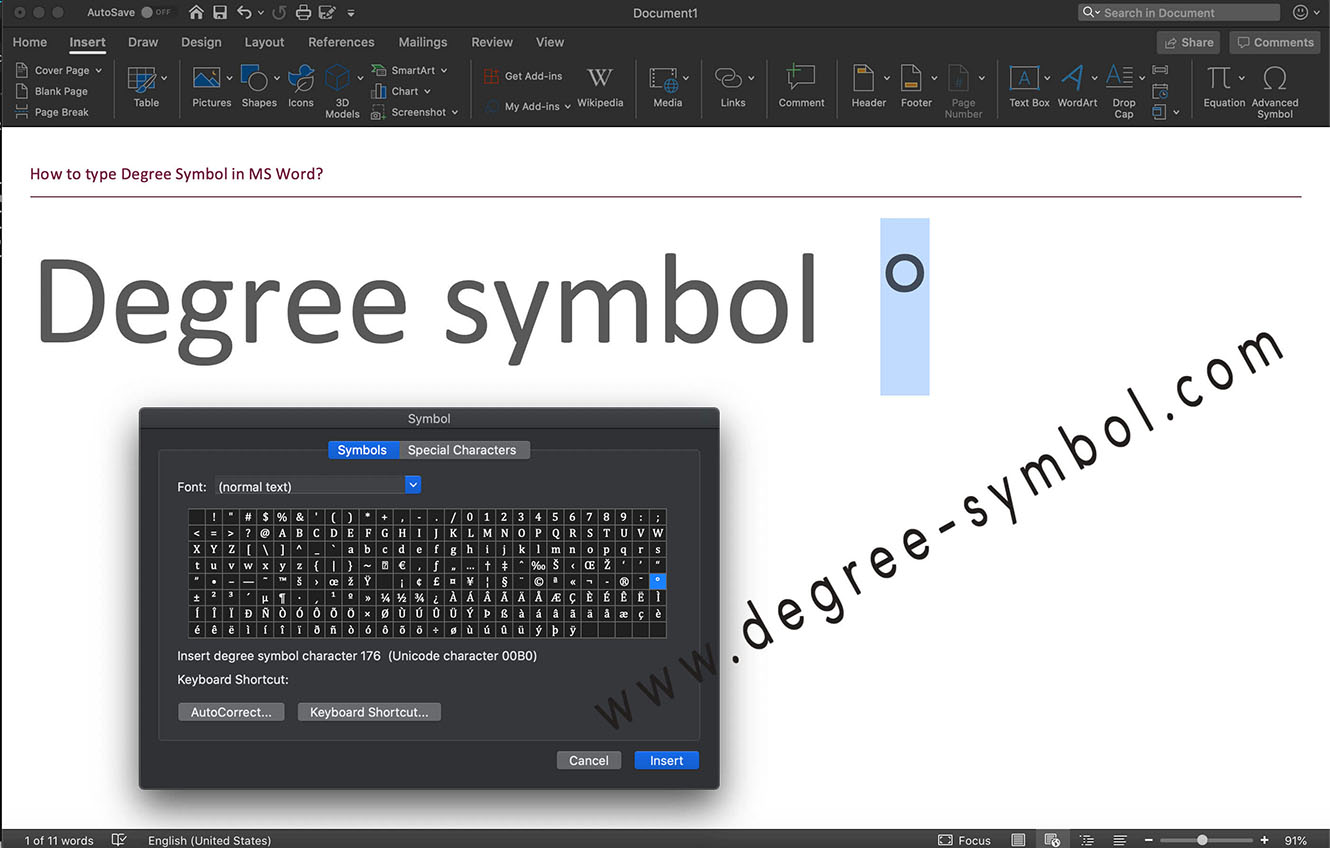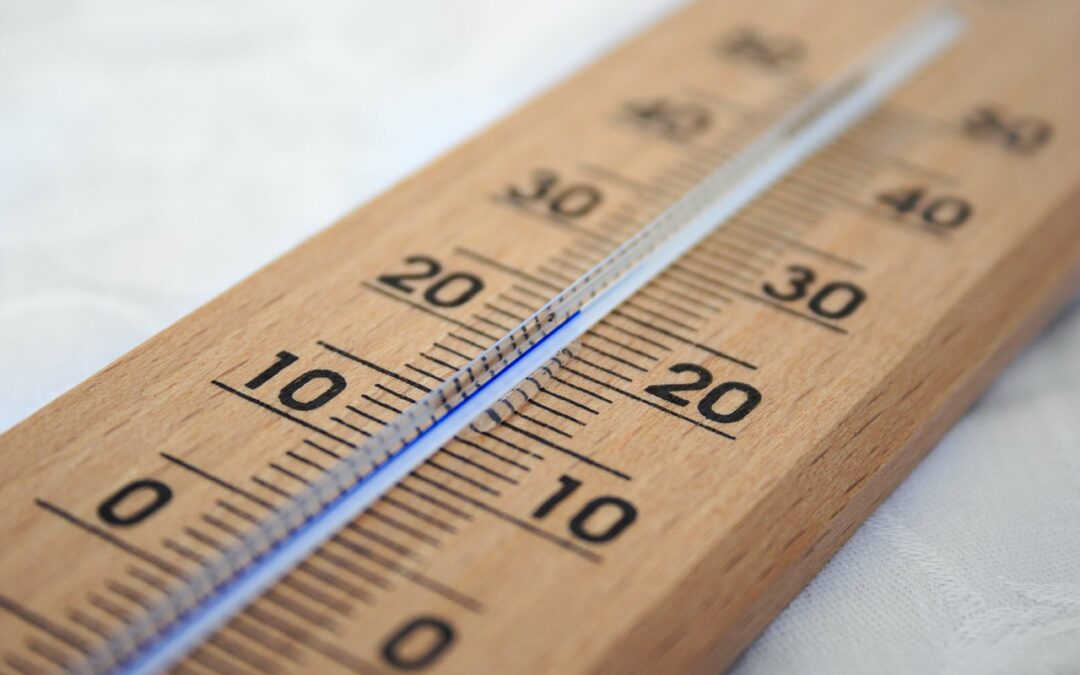

The addition of minute and second of arc follows the degree units, with intervening spaces (optionally, non-breaking space) between the sexagesimal degree subdivisions but no spaces between the numbers and units, for example 30° 12′ 5″. In the case of degrees of angular arc, the degree symbol follows the number without any intervening space, e.g. 1 (1827), where degrees of arc are abbreviated with a superscript "d" (alongside a superscript "m" for minutes of arc). 1 (1836), page 383.Īn earlier convention is found in Conrad Malte-Brun, "Universal Geography" vol. An early textbook using this notation is Charles Hutton, "A Course of Mathematics" vol. The degree symbol for degrees of temperature appears to have been transferred to the use for degrees of arc early in the 19th century. In the same work, when Lavoisier gives a temperature, he spells out the word "degree" explicitly, for example (p. 194): une temperature de 16 à 17 dégrés du thermomètre ("a temperature of 16 to 17 degrees of the thermometer").Īn early use of the degree symbol proper is that by Henry Cavendish in 1776 for degrees of the Fahrenheit scale.

is to be read as primo meaning "in the first place", followed by 2 o.
#Degree symbol microsoft word series
a series of experiments firstly, on the existence of that same elastic fluid ) sur l'existence du même fluide élastique ( p. Use of the degree symbol was introduced for temperature in the later 18th century and became widespread in the early 19th century.Īntoine Lavoisier in his "Opuscles physiques et chymiques" (1774) used the ordinal indicator with Arabic numerals – for example, when he wrote in the introduction:

Similarly, the introduction of the temperature scales with degrees in the 18th century was at first without such symbols, but with the word "gradus" spelled out. Use of "degree" specifically for the degrees of arc, used in conjunction with Arabic numerals, became common in the 16th century, but this was without the use of an ordinal marker or degree symbol. The number of the rank in question was indicated by ordinal numbers, in abbreviation with the ordinal indicator (a superscript o). The word degree is equivalent to Latin gradus which, since the medieval period, could refer to any stage in a graded system of ranks or steps. The symbol consists of a small superscript circle. in geographic coordinate systems), hours (in the medical field), degrees of temperature or alcohol proof. The degree symbol or degree sign, °, is a glyph or symbol that is used, among other things, to represent degrees of arc (e.g.


 0 kommentar(er)
0 kommentar(er)
